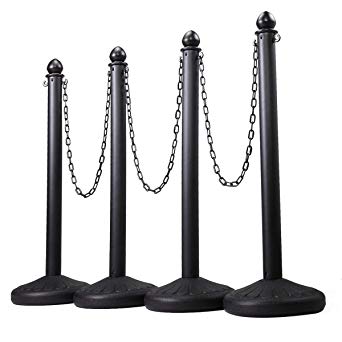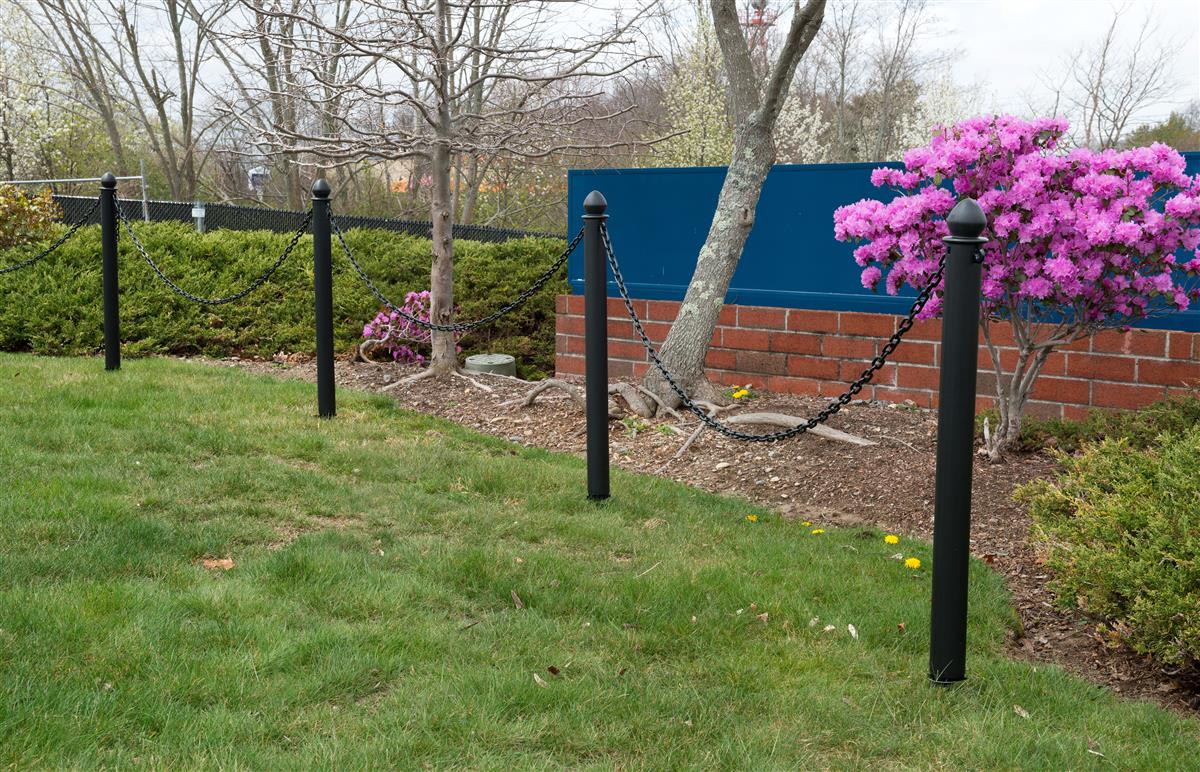When you are organizing the lines, enforcing the flow of the movement and effectively managing crowd control, the movable stanchions are the best. They are portable, available in many types, adjustable etc. You can choose from a variety of options it provides and go with the ones that meet your needs. Here are the ways to make the most of the plastic stanchion post.
- Even spacing

First things first, spacing is all that matters when it comes to organizing a space. If your lines, stanchions and ropes are randomly set out instead of being evenly space, then it can make the entire thing go haywire. When you are mapping out your lines and the ideal progression of the crowd, then ensure to leave a lot of space for evenly spacing the stanchions and then joining the ropes or lines.
- Hanging ropes
If the stanchions you have chosen have ropes hanging between them, then you need to get the accurate distance between each stanchion, it is considered a very important step. Certainly, the stanchion options with the retractable lines have way more flexibility in this department. If you are going with the classy and heavy duty ropes, then they are the most commonly used, when you put your posts too close together or too far apart, then it will make them hang in a very weird way. When you hang it too low, then it invites people to just step on it and when you install them way too high, then it renders them tight and may have more odds to tip over. When you have a happy medium, it drapes the ropes quite well.

- Smart setup
There are many other factors to keep in mind here as well when it comes to installing the plastic stanchion posts. You need to leave sufficient space for strollers or wheelchairs, leave sufficient space for every turn for maneuvering, but not so much that it makes the line chaotic, planning out multiple lines against a single line setup, and determining if you want people to unhook the ropes on their own from the lines if they get a little rebellious. To purchase the best plastic stanchions and exploring the best crowd control products, there are many options available on the website. You may also find similar information on crowd control solutions.


